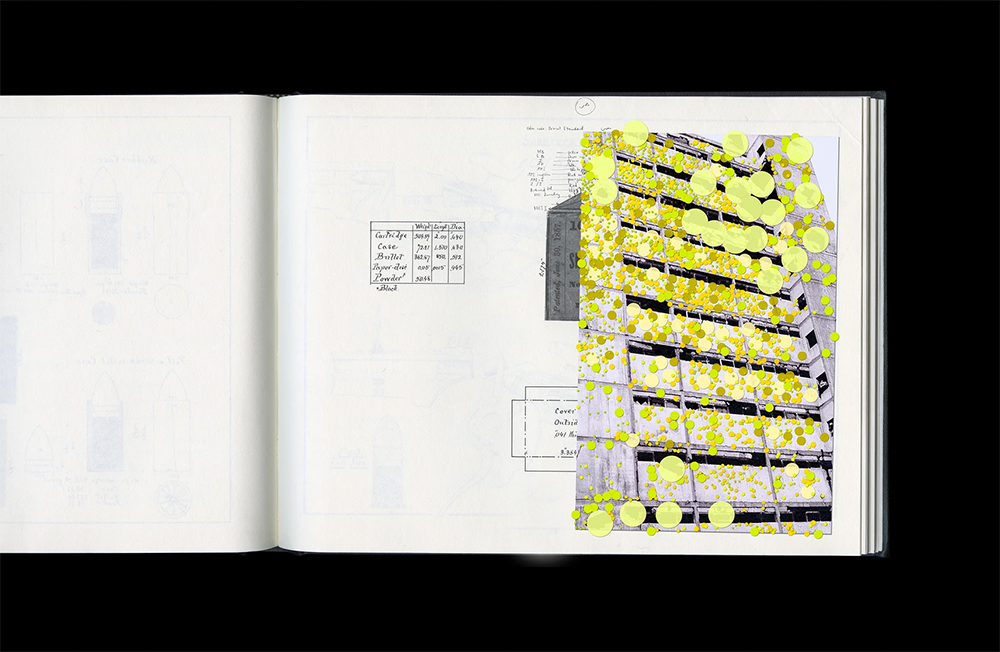Thanks to Roni Horn for inspiring the title of this essay with her foundational work from the mid-1990s You Are the Weather.
See Dieter Roelstraete’s prescient essay on aesthetics of drift and immersion from 2010 →.
Has Richard Florida? It seems he did notice. Oops—it was a bubble →.
See →.
See the recent writings of Franco “Bifo” Berardi.
See →.
Paulo Virno, Grammar of the Multitude, trans. Isabella Bertoletti, James Cascaito, and Andrea Casson (Los Angeles: Semiotexte, 2004), 31–-2.
See the object-oriented ontologists who try to think the unthinkable.
See →.
Hito Steyerl, “In Free Fall: A Thought Experiment on Vertical Perspective,” e-flux journal 24 (April 2011). See →.
Gianni Vattimo, Nihilism and Emancipation: Ethics, Politics, and Law (New York: Columbia University Press, 2007), 146.
Although with climate change, this would actually be a terrible idea.
Thanks to Hito Steyerl.
